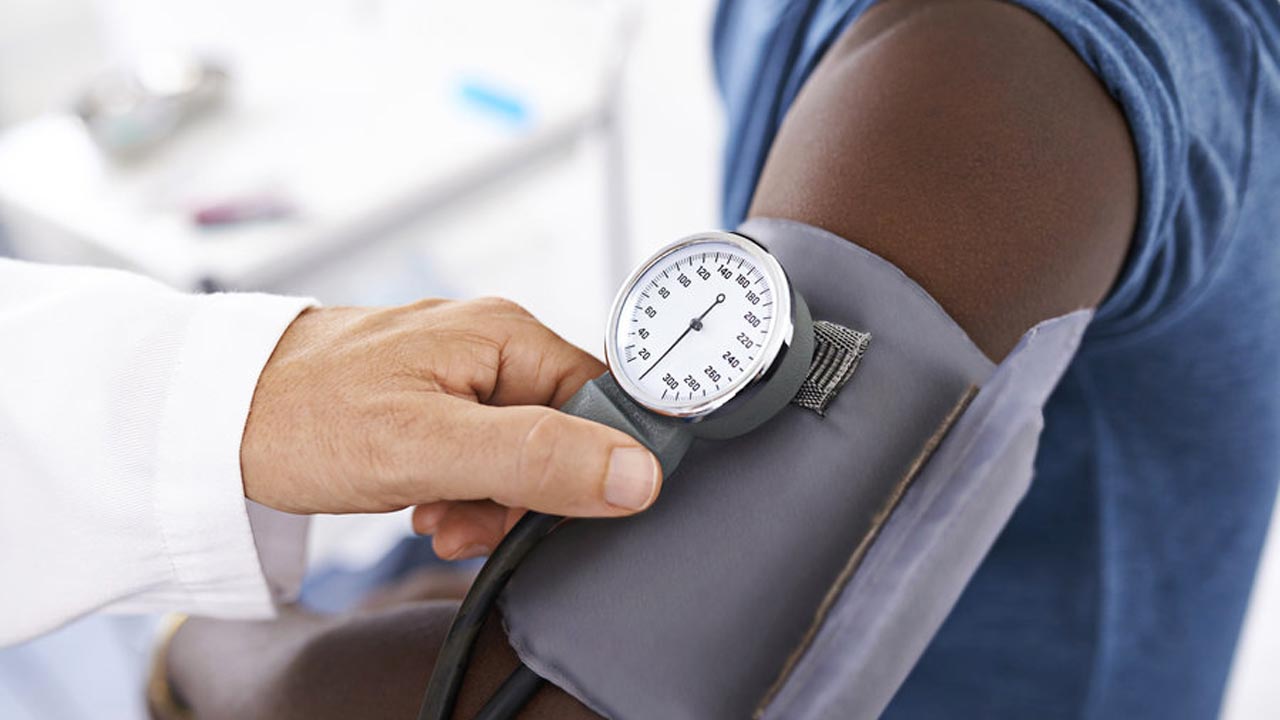Accidents can happen at any time within the workplace and first aid can save lives and prevent minor injuries from becoming major ones. In an emergency medical situation, the delivery of first aid could quite literally be the difference between life and death. If an accident happened in your workplace, who would know what to do and how to help?
Under Health and Safety all employers are required to provide adequate and appropriate equipment, facilities and personnel to ensure their employees receive immediate attention if they are injured or taken ill at work. In business, first aid isn't just a nice to have. It's a legal requirement.
Every business should have suitable levels of first aid cover. You need enough first aiders to deal with a medical emergency if and when one happens. How likely that is will depend on your workplace. But, as we all know, accidents and illness can happen at any time. Not just in big businesses, but in small ones too. And your workplace does not have to be a high risk for an accident to occur.
It only takes one person to fall ill to need medical attention. If someone did, what would you do? Would you know what to do? In an emergency medical situation, the delivery of first aid could quite literally be the difference between life and death. In the most serious of cases, you could be relying on a first aider to keep you alive until an ambulance arrives. And if there was no first aider, the consequences could be fatal.
First aid needs assessment
HSE cannot tell you what provision you should make for first aid. You, as an employer, are best placed to understand the exact nature of your workplace and decide what you need to provide. First aid provision must be 'adequate and appropriate in the circumstances'. This means that you must provide sufficient first aid equipment (first aid kit), facilities and personnel at all times.
In order to decide what provision you need to make, a first-aid needs assessment is needed. This assessment should consider the circumstances of your workplace, workforce, the hazards and risks that may be present and the findings will help you decide.
In assessing your first-aid needs, you should consider:
the nature of the work you do
workplace hazards and risks (including specific hazards requiring special arrangements)
the nature and size of your workforce
the work patterns of your staff
holiday and other absences of those who will be first-aiders and appointed persons
your organisation's history of accidents
You may also need to consider:
the needs of travelling, remote and lone workers
the distribution of your workforce
the remoteness of any of your sites from emergency medical services
whether your employees work on shared or multi-occupancy sites
first-aid provision for non-employees (eg members of the public).
Employers must make appropriate first aid arrangements for the workplace. When completing a needs assessment, the health and safety risks of the workplace will determine what arrangements are required.
Having trained first aider(s) can benefit a business of any size and provide peace of mind in your workplace.
Some small workplaces that are classed as low-risk may only need a first aid box and a person appointed to take charge of stocking the first aid box, looking after any other equipment and calling the emergency services when required.
Workplaces with more significant health and safety risks are more likely to need a trained first-aider on the premises at all times.
Who then is a first aider?
A first aider is someone trained to deal with medical emergencies. They have completed a course by a competent first aid training provider in first aid at work or emergency first aid at work and has the appropriate level of first aid training to provide first aid. With first aid training, they have the knowledge and skills to give the first response in an emergency, while you are waiting for medical professionals to arrive.
Importantly, having first aid skills and knowledge will reduce panic and confusion in a demanding medical situation. First aid training gives the nominated first aiders within your business the competency to deliver a calm and safe first response at the scene. They can take charge, provide reassurance, and assist people until (where necessary) medical help arrives.
Becoming a First-Aider
First aiders must be qualified and hold and current certificate in First Aid at Work or Emergency First Aid at Work this mostly lasts for 2years subject to renewal. Becoming a first aider could make a life-saving difference.
Risks of not having a First-Aider
If your first aid needs assessment determines that first aiders are required on-site, you must ensure the necessary measures are in place to ensure the health and safety of your employees. If, in the event of injury or illness there is no first-aider on site, you are liable and could be prosecuted. Having first aiders on-site who are able to respond immediately when an incident occurs reduces the risk for employees.
But why is this training needed you might ask? Surely if an accident happened in your workplace, people would help anyway, right? Of course, people will try to help, but they may not know what to do or take the wrong course of action.
Without first aid training, staff may panic. The actions of those attempting to help could make the situation worse. For example, applying a cream or ointment to a burn could cause more harm than good. Removing an embedded object could trigger a severe bleed.
With first aid training, nominated first aiders in your workplace can take appropriate action to help any person injured or suffering from illness. They will know what to do in a variety of medical emergencies. No guesswork. Just quick, decisive action.
More Information
If you would like to know more about first aid or information about training, you can reach out via mail [email protected] and a member of the team will happily assist you.





